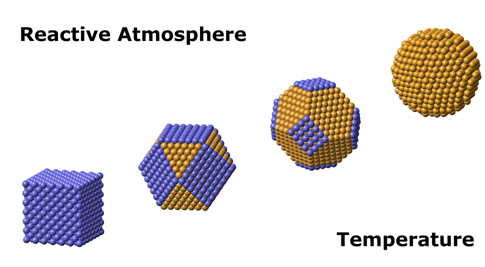Invited by the Editor in Chief, Prof. Jackie Y. Ying, Prof. Wenjie Shen reviewed the advances on the dynamic behavior of metal nanoparticles for catalysis in Nanotoday.

The geometrical and electronic properties of the active sites on the surface of metal nanoparticles and their structure evolution and dynamic behavior during catalysis, consitute the core issue of heterogeneous catalysis. Metal nanoparticles are characterized by the highly reduced size, in a typical range of 1-10 nm, and the significantly enhanced catalytic performance; but they are subject to structural and chemical changes under the reaction conditions, primarily induced by the reactive gases at elevated temperatures. In situ characterization techniques, like environmental transmission electron microscopy and X-ray absorption spectroscopy, allow to directly visualize the structural variations at nano and atomic scales and simultaneously probe the chemical variations of the metal nanoparticles at functionalities. This review article summarized the most recent advances on the structure evolution and dynamic behavior of metal nanoparticles, including late transition metals and IB metals, during their activation and reaction processing. Analyses on the correlation between the dynamic nanostructures observed under or close to reaction conditions and the catalytic performance shed profound insights into the fundamental understanding of the structure-reactivity relationship of metal nanoparticles.
The research was supported by National Natural Science Foundation of China.(Text by Yan Zhou)